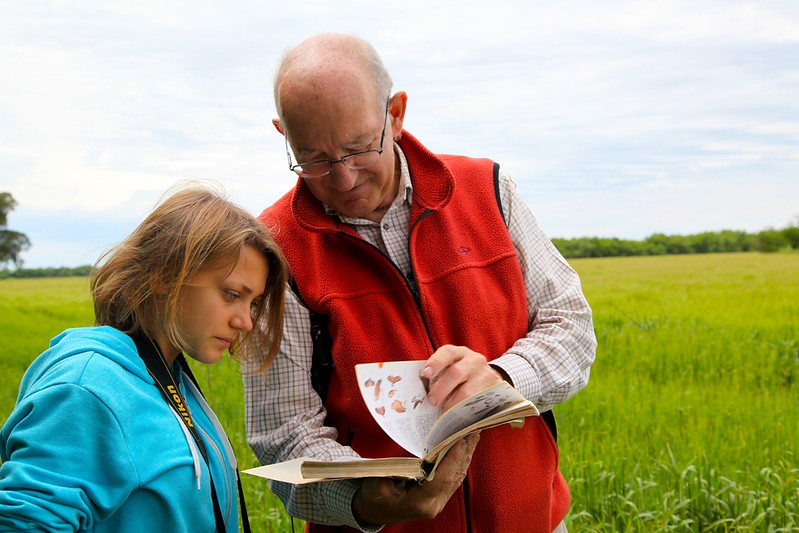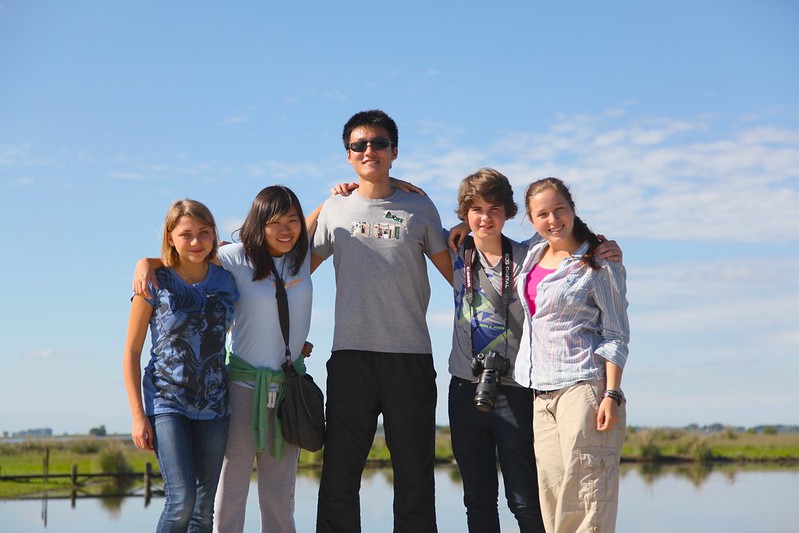1) Hi Nada, can you tell us what you've been up to since graduating from THINK Global School in 2022? Since graduating in 2022, I've been pursuing a passion I found while at TGS, sustainability, and I am currently majoring in engineering in renewable energy systems at Al Akhawayn University, in Ifrane, Morocco. But there is way more than that! I've had a chance also to explore the world of...
Read More SPRINGTIME IN ARGENTINA proves the saying that “birds fly south for the winter.” This time of year not only sees warmer temperatures and afternoon showers refilling countryside waterholes, but also the return of hundreds of various avian species from across the Americas. It is prime time for local bird fanatics to get outside and seek out these magnificent species. Luckily for TGS, we have made an excellent friend, David Thompson. David is the Director at the English school where we have been holding our classes while in Buenos Aires.
SPRINGTIME IN ARGENTINA proves the saying that “birds fly south for the winter.” This time of year not only sees warmer temperatures and afternoon showers refilling countryside waterholes, but also the return of hundreds of various avian species from across the Americas. It is prime time for local bird fanatics to get outside and seek out these magnificent species. Luckily for TGS, we have made an excellent friend, David Thompson. David is the Director at the English school where we have been holding our classes while in Buenos Aires.
David Thompson is an avid bird watcher with an extensive knowledge of the various species that can be found within Argentina. In late October, he was kind enough to extend an invitation to a small amount of TGS students to join him and his birdwatching group on a day out in the Argentinian countryside. Students were chosen by names drawn out of a hat, as there was a great interest in attending such a unique event.

Saturday morning, the 20th, Linhan, Yuan Yuan, Paul, Tiana, Maya, Maya’s father, and myself piled into cars bright and early to drive the 110 km southeast of Buenos Aires. Arriving at an area of fields where giant hares ran around and Burrowing Owls sat on fence posts, we were welcomed into the country home of Sylvia de Vitel. The morning was spent at an area known as El Estancia Espartillar, an expansive ranch land that draws a multitude of birds because of its plentiful food and water sources. Here, we were able to see a White Tailed Kite, along with wild Monk Parakeets and Cattle Egrets. Along the drive, numerous Fork Tailed Flycatchers and Chimango Caracaras sat along roadside fencing looking for their next meal.
We returned to Sylvia’s house for a leisurely afternoon potluck style picnic outside around a huge communal table before setting out to walk along the ponds and waterways. The area, known as Lago Vitel, has been vastly untouched despite having several houses scattered about. The natural land has drawn in a multitude of species and we were able to see several Vermilion Flycatchers, the males being easy to spot with their bright red plumage. Along the waterways, we spotted two Great Kiskadees sitting in the bushes and a large grouping of Roseate Spoonbills. We even saw the world’s largest rodent, the Capybara! From a distance, we saw it moving into the water in search of food. It was similar in size to a medium-sized dog and looks like a giant guinea pig.

Before leaving, there was an abundance of Burrowing Owls keeping a curious eye on us as we walked along the fields to return to Sylvia’s home, speaking at length about everything we had absorbed that day.